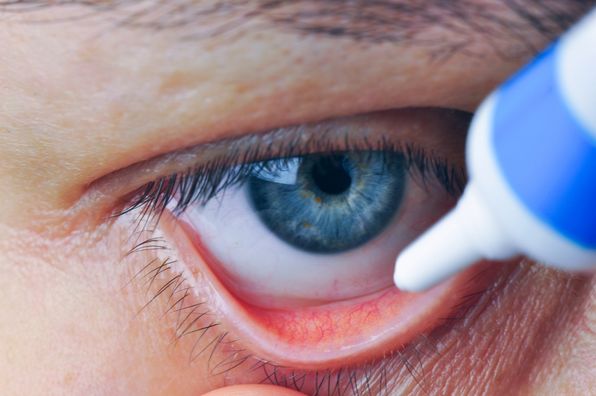What is Melanoma?
- Melanoma is a cancer of the melanocytes, which are the pigment-producing cells of the skin.
- It most commonly occurs on the skin; however, may also be found in the eyes, ears, GI tract, central nervous system, and the oral and genital mucous membranes.
- Melanoma is the most common cancer in women aged 25 – 29 years and is second only to breast cancer in women aged 30 – 34 years.
- This cancer is more likely to occur on areas that are less often exposed and more frequently burned, such as the backs of men and the legs of women.
- It can be fatal if it is neglected; therefore, early detection and prompt removal of melanoma can save a life.
What are the risk factors?
- If you are older than 20 years of age, especially if you are over 60
- Fair complexion, inability to tan, and a history of sunburns, especially blistering sunburns
- Numerous moles, changing moles, or a history of atypical moles
- A personal or family history of Melanoma (first-degree relative)
Where to Look for Skin Cancer
- White women: Lower legs, upper back, arms, head, and neck
- White men: Upper back, chest, abdomen, arms, head and neck
- Skin of color: Rare in patients with darker skin tones; however, it can arise on the palms, soles and nails
Warning Signs of Melanoma
- New, changing, or unusual moles (Most moles appear by age 30, but adults can develop new ones throughout adulthood)
- Moles that become symptomatic (itching, burning, painful)
- An initial slow horizontal growth phase (the mole appears to grow wider on the skin’s surface). If untreated, this will be followed by a vertical growth phase which indicates invasive disease with potential metastasis.
- Prognosis is based on the thickness of the tumor
Perform a Monthly Self Skin Examination
- Check yourself, or have your partner check your skin on a monthly basis
- See your dermatologist and report any lesion that has changed from your previous appointment or is bleeding or not healing, especially if it lasts longer than one month.
- Apply broad-spectrum SPF 30 or greater to all exposed areas of skin daily. Reapply every 90 – 120 minutes when outside. Wear hats, sunglasses, Ultraviolet Protection Factor (UPF) clothing, etc.
- Look for the ABCDEs of melanoma (listed below)
ABCDEs of melanoma detection
“A” is for Asymmetry- A mole in which one half does not match the other
“B” is for irregular Borders- A mole with a scalloped or poorly defined borders
“C” is for Color — A mole that consists of multiple shades of black, brown, white, red, and/or blue
“D” is for Diameter — A mole that has a diameter larger than that of a pencil eraser (approximately 6mm)
“E” is for Evolution — A mole whose size, shape or color changes over time. Evolution is the single most important ABCDE you can look for during an at home self-skin examinations. Notify your dermatologist for any mole you believe has been evolving or changing.
If you are due for your annual skin exam or have a suspicious mole, schedule an appointment online with a dermatologist near you.
Annual full body skin exams are now covered as a preventative exam by most commercial insurance companies. Cost varies based on your insurance coverage.*
*Medicare and Medicaid are excluded
Health Topics:







